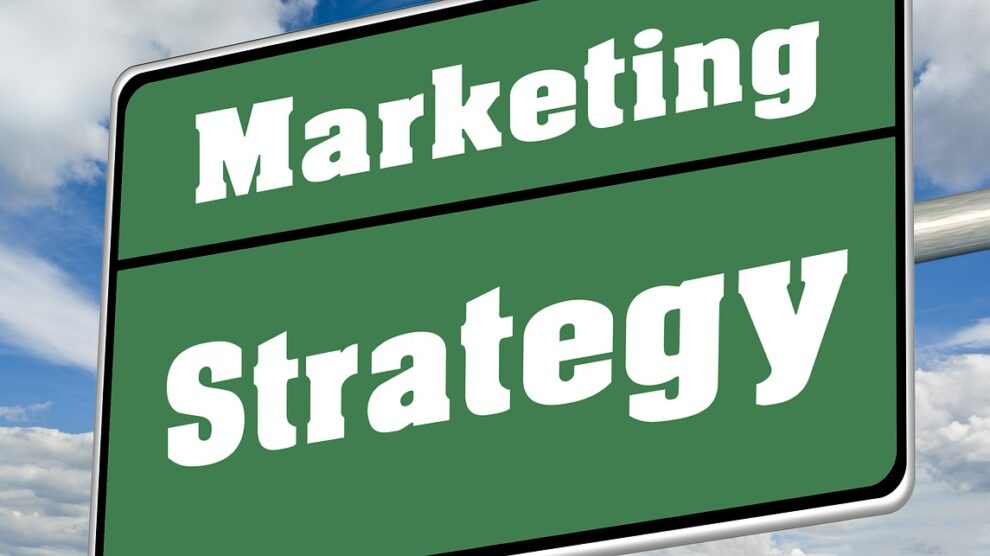When it comes to marketing a brand, the two big measures of success are getting new customers, and ensuring that those customers are loyal. More and more brands are turning to experiential marketing to create a lasting connection with their customers, as it has proven to be more effective than the methods that have long been used to spread the word about a brand.
Experiential marketing, as the name suggests, is a form of marketing in which brands create an experience for the customer, rather than marketing to them through traditional means. Experiential marketing can take several forms, from parties and large branded activations to something as small as having a presence at an already existing local event.
One of the reasons experiential marketing is becoming so popular in the marketing world is that it delivers a much higher return on investment than many other forms of marketing. Take television ads for example. While the quality — and therefore cost — of television advertising can vary widely, there are lots of costs associated with this form of marketing, like production costs and airtime.
Although some brands may choose to have large experiential marketing budgets, it’s also possible to create effective experiential marketing on a shoestring budget.
Getting the Consumer Involved with Your Brand through Experiential Marketing
Part of why experiential marketing tends to be so effective is that it is active, not passive. While many forms of marketing tend to bank on the consumer seeing the marketing while doing something else, experiential marketing invites the consumer to become a participant in the marketing process.
The best part is that experiential marketing doesn’t have to be flashy and complicated (although it can be). Even something as simple as a mini-game or photo booth can be an effective experiential marketing tool.
Ultimately, the goal of experiential marketing is to create a memorable experience for the consumer. While a consumer is unlikely to remember an advertisement they saw or heard the day before — or even a piece of branded swag they received for free — they are likely to remember an experience they participated in. And if your brand gives them that memorable experience, they are likely to associate you with the memorable feelings of fun they experienced in that event.
In giving your customers this memorable experience through experiential marketing, your brand has the opportunity to cultivate a deeper connection with them. Because your brand — or at least an ambassador for your brand — has interacted with them through the experiential marketing event, your brand will no longer be some faceless corporation marketing to them through means they can (and often will) just ignore.
One of the key benefits of experiential marketing over other forms of marketing is that it allows brands to be extremely targeted. While other marketing methods do offer some level of customization, experiential marketing has the benefit of offering a highly desirable, targeted audience if brands plan the right type of events. For example, if a brand wants to connect with hip, young audiences, planning an experiential marketing campaign in conjunction with a local farmer’s market is a great — and often cost-affordable — way to reach that intended audience.
Forming a Connection with Your Potential Customers through Experiential Marketing
Hosting grassroots experiential marketing events is a great way to show your target consumers that your brand cares about the same values and causes as them. It’s a way to integrate into the fabric of the community, establishing a rapport of trust with the customer that can be pivotal in building brand loyalty. After all, a staggering 82% of consumers say they want to purchase from brands whose values align with their own — making experiential marketing an invaluable opportunity to prove this.
With experiential marketing, brands can create a conversation with their customers, while traditional forms of marketing like paid advertising tend to be one-way and passive. When a customer sees an advertisement on television or hears one on the radio, they can change the channel, turn it off, or even simply tune it out in their own minds. On the other hand, with experiential marketing, they are effectively forced to legitimately engage with the brand and its message because they are being given an experience.
The biggest benefit of engaging in this type of conversation with your customers through experiential marketing is telling them that you understand them. You are essentially saying “We are here because we knew you would be here.” By making this statement through your actions, customers will feel like you are actually speaking to them and have a connection with them, making them feel more comfortable interacting and doing business with your brand.
Experiential marketing can be a powerful tool for brands when used properly. If a brand has a strong experiential marketing team — or works with an agency that specializes in experiential marketing — they can form deeper, more targeted connections with their ideal consumers. The result will not only be more customers, but also customers who are happier and more loyal to what your brand has to offer.





